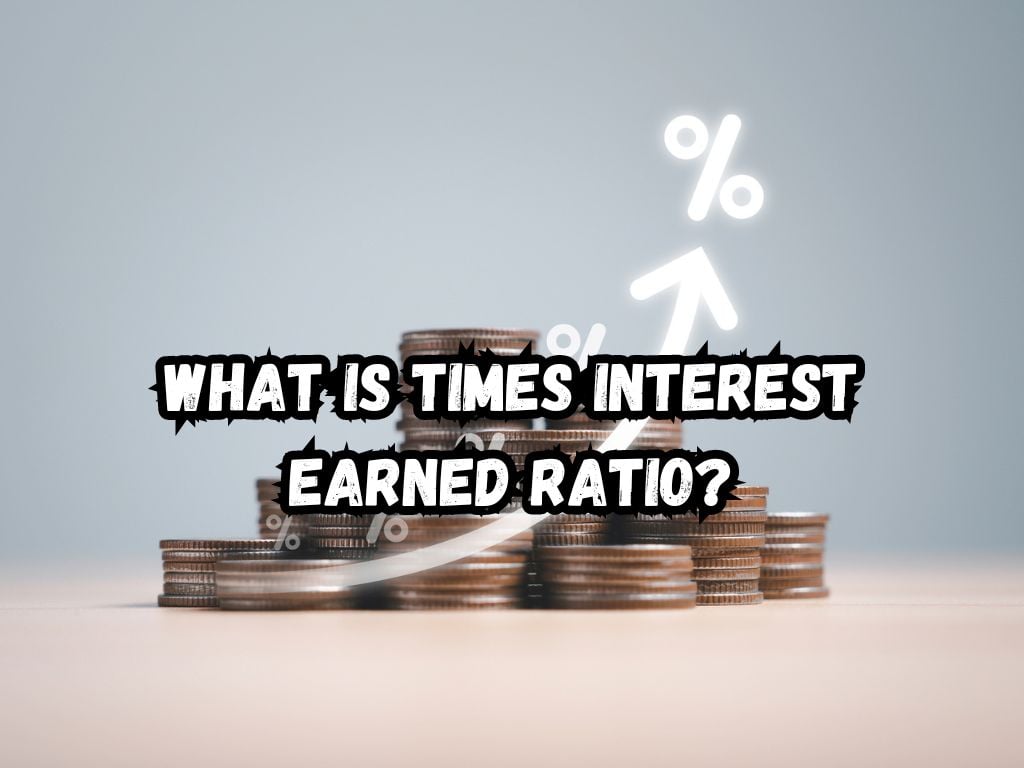In the world of finance, understanding a company’s health goes beyond superficial metrics. Among the myriad financial ratios available, the Times Interest Earned (TIE) Ratio stands out as a pivotal metric for investors and creditors alike.
This article delves into what is times interest earned ratio, unraveling its meaning, calculation process, and significance in financial analysis.
What is Times Interest Earned Ratio?
The Times Interest Earned Ratio, at its core, serves as a barometer for a company’s ability to meet its debt obligations. It reflects how many times a company can cover its interest expenses with its earnings before interest and taxes (EBIT).
A higher TIE Ratio indicates a company’s strong financial standing, showcasing its capability to easily manage its interest payments. Conversely, a lower ratio might signal financial distress, pointing to possible challenges in covering debt-related expenses.
How to Calculate the TIE Ratio?
Grasping the TIE Ratio requires understanding its calculation. The formula is straightforward: TIE Ratio = EBIT / Interest Expenses. Here, EBIT represents earnings before interest and taxes, essentially the company’s operating profit.
Interest expenses denote the cost incurred from outstanding debts. To illustrate, if a company’s EBIT is $500,000 and its interest expenses are $125,000, the TIE Ratio would be 4. This means the company can cover its interest expenses 4 times over with its earnings.

Interpreting the Times Interest Earned Ratio
Interpretation of the TIE Ratio can vary, but general guidelines assist in understanding its implications.
A high TIE Ratio is usually a positive sign. It suggests that a company generates sufficient earnings to comfortably handle its interest payments, often seen as financially stable and less risky.
On the other hand, a low TIE Ratio raises red flags. It indicates a company’s earnings might not suffice to cover interest expenses, hinting at potential financial struggles or even bankruptcy.
The Importance of TIE Ratio in Financial Analysis
The TIE Ratio’s true value shines in its application within financial analysis. Investors leverage this metric to gauge a company’s risk level before making investment decisions.
A robust TIE Ratio convinces investors of a company’s financial health, potentially leading to more substantial investments.
Creditors, too, rely on this ratio. It helps them assess the risk of lending to businesses. A high TIE Ratio suggests a low risk of default, making a company an attractive lending prospect.
Limitations of the Times Interest Earned Ratio
While the TIE Ratio provides crucial insights, it is not without its limitations. It focuses solely on a company’s ability to pay interest, neglecting other financial obligations such as principal repayments or operational expenses.
Moreover, the ratio does not factor in cash flow, which can be a critical element in assessing a company’s financial health. Critics of the TIE Ratio recommend using it in conjunction with other metrics for a more rounded analysis.
Case Study
Consider Tech Innovations Corp., a company famed for its cutting-edge tech products. Their EBIT stood at $1 million, with interest expenses at $200,000, resulting in a TIE Ratio of 5. This high ratio played a pivotal role in attracting investors, bolstering the company’s capital for future projects.
It also secured favorable loan terms from creditors, further enhancing its growth trajectory. This real-world example underscores the TIE Ratio’s utility in shaping financial decisions and investment outcomes.

Frequently Asked Questions
How often should the TIE Ratio be calculated for accurate financial analysis?
The TIE Ratio should be evaluated periodically, typically on an annual basis, to track a company’s financial stability and debt management ability over time. However, significant financial events may warrant more frequent calculations.
Can the TIE Ratio predict financial distress or bankruptcy accurately?
While a low TIE Ratio can indicate potential financial distress, it should not be used as a sole predictor of bankruptcy. A comprehensive analysis, including other financial ratios and metrics, is necessary for accurate predictions.
How does the TIE Ratio vary across different industries?
The ideal TIE Ratio can significantly vary by industry due to differences in operating margins and capital structures. High-capital industries may have lower typical TIE Ratios compared to service-based sectors.
Is there a direct correlation between the TIE Ratio and a company’s stock performance?
There’s no direct correlation, as the stock market is influenced by numerous factors beyond a company’s TIE Ratio. However, a healthy TIE Ratio may contribute to investor confidence, potentially impacting stock performance indirectly.
Conclusion
The Times Interest Earned Ratio, a testament to the intricacies of financial analysis, offers a lens through which investors and creditors can assess a company’s capability to manage its debts. By evaluating a company’s TIE Ratio, stakeholders gain insights into its financial stability and risk level.
However, it’s crucial to consider this ratio as part of a broader analysis, acknowledging its limitations and complementing it with other financial metrics. The TIE Ratio, when employed effectively, becomes an invaluable tool in the financial decision-making arsenal, guiding towards informed and strategic investment choices.


 Tags:
Tags:










